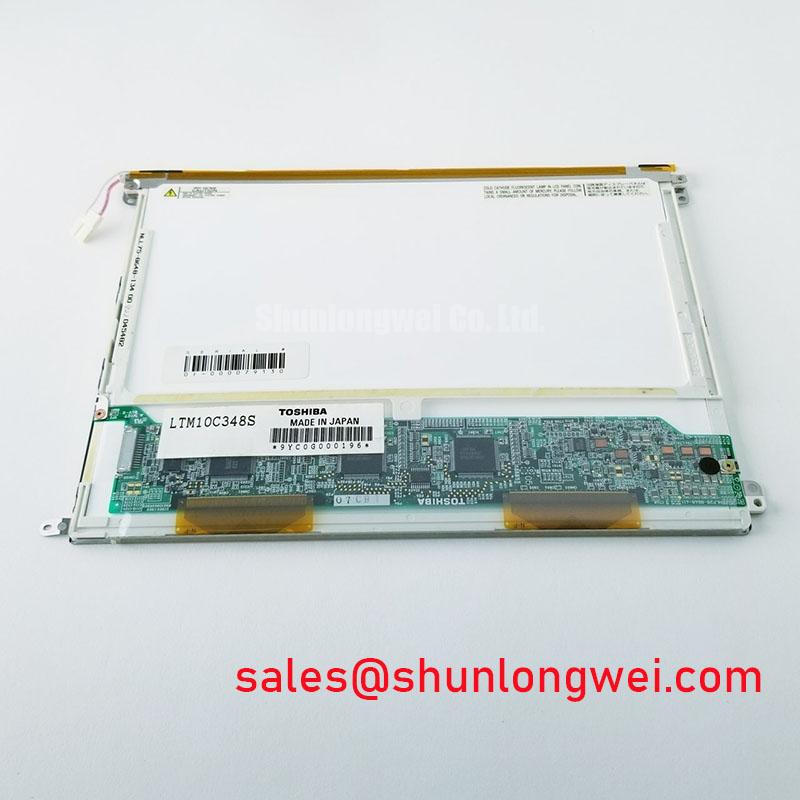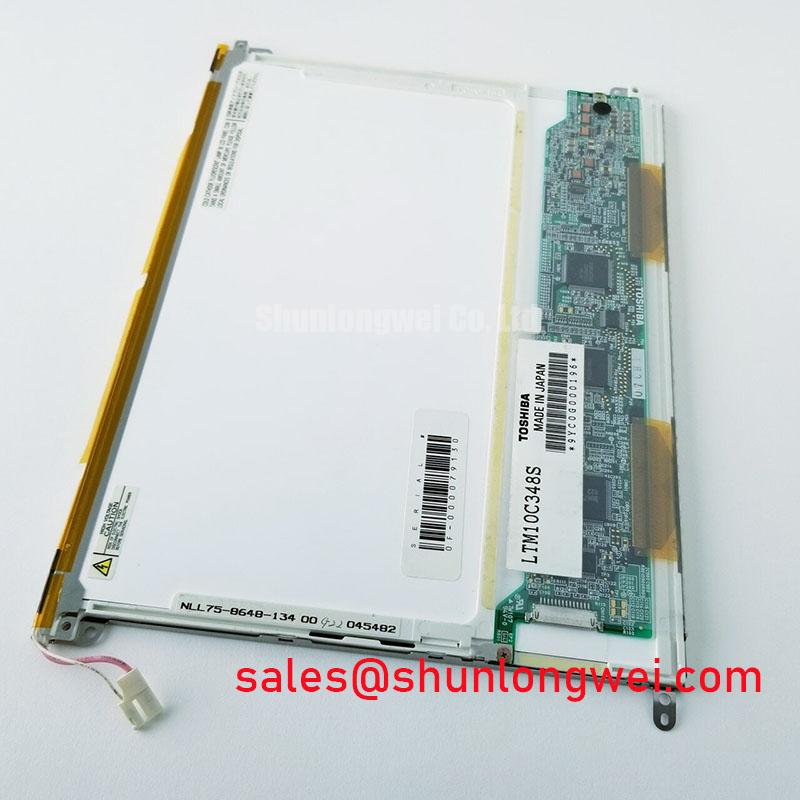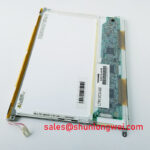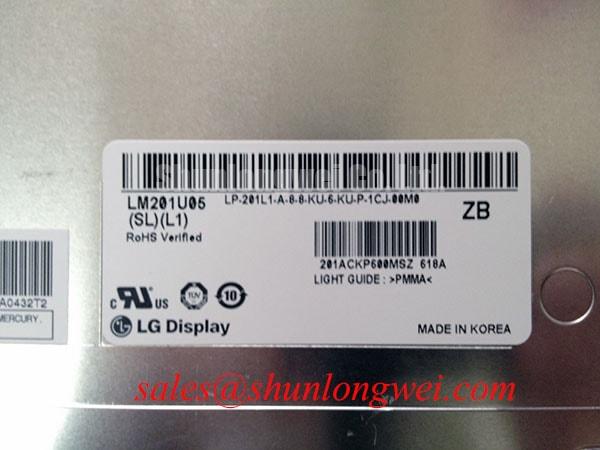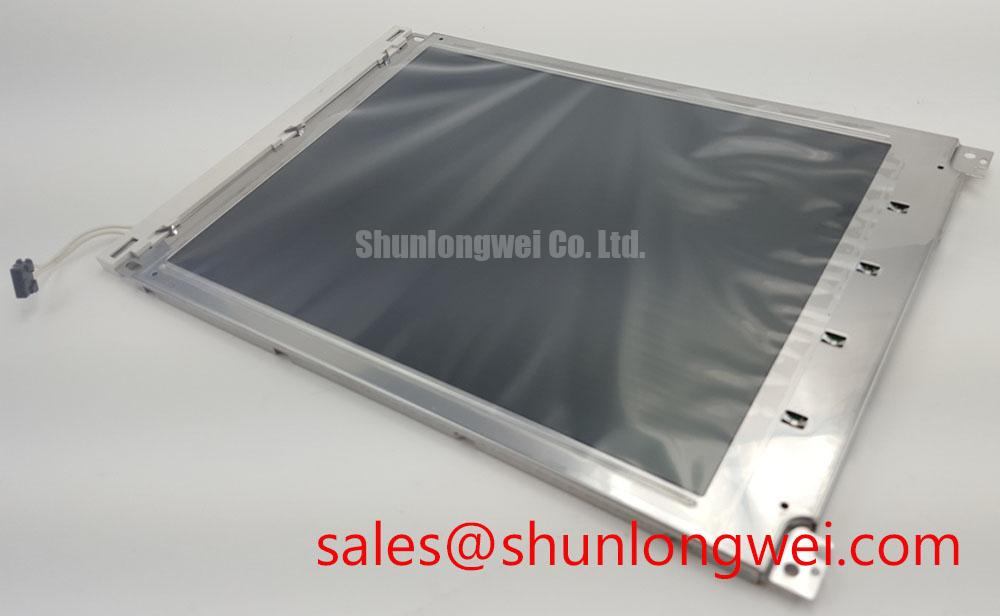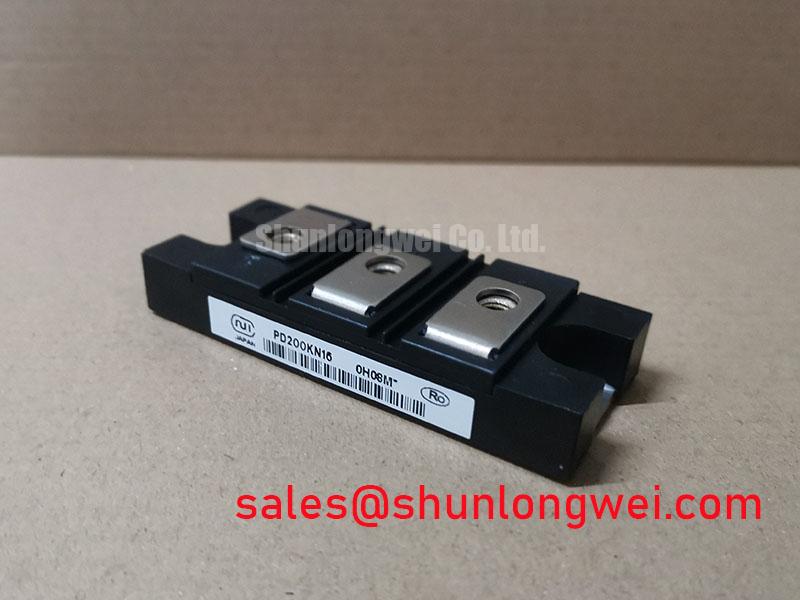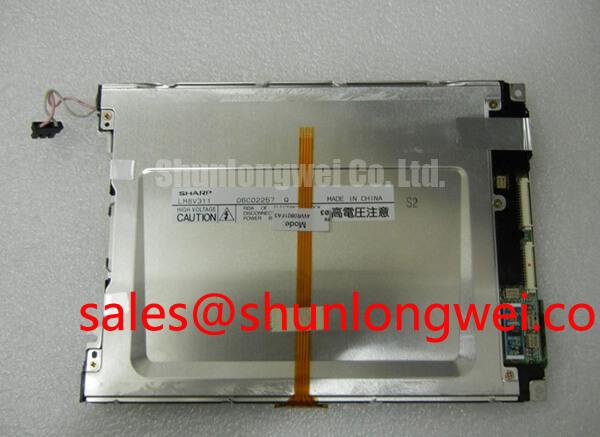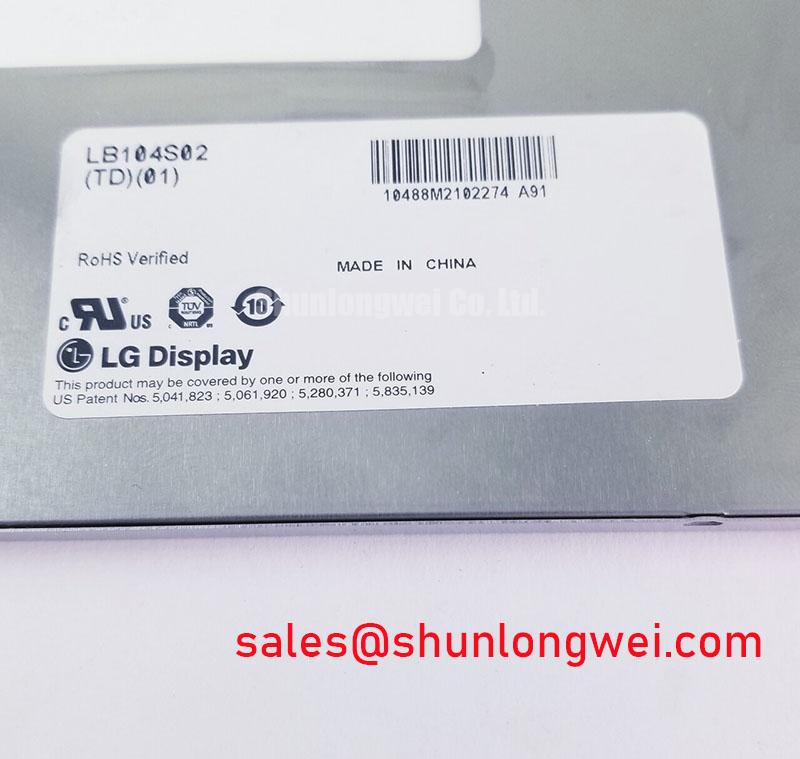LTM10C348S | 10.4-inch SVGA TFT Module Engineered for Industrial Longevity
An Engineering-Focused Overview of the LTM10C348S Display Module
Content last revised on October 20, 2025.
The Toshiba LTM10C348S is a 10.4-inch SVGA color TFT-LCD module engineered for exceptional durability and sustained visual performance in challenging industrial, medical, and instrumentation applications. Delivering functional reliability where standard displays falter, it combines a robust operational envelope with essential display characteristics. Key specifications include: 800x600 SVGA Resolution | 130 cd/m² Brightness | 250:1 Contrast Ratio. This module provides two primary engineering benefits: extended operational lifespan in fluctuating thermal conditions and clear, stable imaging for critical monitoring tasks. For legacy system upgrades or new designs requiring a proven 10.4-inch SVGA panel with established field reliability, the LTM10C348S presents a well-documented and dependable solution.
Application Scenarios & Value
Delivering Operational Uptime in Environments Where Standard Displays Fail
The LTM10C348S is optimized for scenarios where environmental stability and long-term performance are primary design considerations. Its architecture makes it a suitable component for Human-Machine Interfaces (HMIs), process control terminals, medical monitoring equipment, and specialized test instruments that operate outside of climate-controlled office environments.
Consider the engineering challenge of designing a control panel for a CNC machining center. The HMI is constantly exposed to ambient temperature fluctuations from machine operation and seasonal changes, along with potential vibration. A consumer-grade display might suffer from image degradation or premature failure. The LTM10C348S directly addresses this by providing a specified operational range and robust construction, ensuring the operator has a consistent and reliable interface. This focus on durability minimizes downtime and reduces the total cost of ownership over the equipment's lifecycle. What is the key benefit of its wide temperature range? Reliable operation in non-climate-controlled industrial environments.
While this 10.4-inch SVGA module is ideal for compact interfaces, for systems requiring a larger screen with the same resolution for more complex data visualization, the related AA121SP09 offers a 12.1-inch diagonal. For a more detailed exploration of display technologies in demanding settings, see our guide on industrial versus consumer displays.
Key Parameter Overview
Decoding the Specifications for Long-Term Environmental Stability
The technical specifications of the LTM10C348S underscore its suitability for embedded and industrial applications. The parameters are selected to provide a balance of performance, reliability, and integration simplicity. The following table highlights the core metrics based on the official product information.
| Parameter | Specification | Engineering Significance |
|---|---|---|
| Display Technology | a-Si TFT Active Matrix | Provides good color reproduction and response times for typical HMI and data monitoring tasks. |
| Screen Size | 10.4 inches (26 cm) diagonal | A standard size for a wide range of industrial panels and embedded systems, offering a good balance between information density and physical footprint. |
| Resolution | 800 (RGB) x 600 pixels (SVGA) | Supports legacy and new applications requiring clear graphical user interfaces without the high data overhead of HD resolutions. |
| Pixel Pitch | 0.264(W) x 0.264(H) mm | Results in a clear and readable display for text and graphical elements at typical viewing distances for control panels. |
| Luminance | 130 cd/m² (Typical) | Sufficient for indoor industrial environments and controlled lighting conditions. |
| Contrast Ratio | 250:1 (Typical) | Ensures clear differentiation between light and dark areas, critical for accurate data interpretation. |
| Interface | LVDS (Low Voltage Differential Signaling) | Offers high noise immunity and low power consumption, simplifying system integration and improving signal integrity over longer cable runs. |
| Backlight System | 1x CCFL with Inverter | A proven and reliable backlight technology for long-service-life applications. |
Note: The parameters listed above are for reference. Engineers must consult the official datasheet for complete specifications and application notes.
Download the LTM10C348S datasheet for detailed specifications and performance curves.
FAQ
Engineering Considerations for Integrating the LTM10C348S
What is the typical application for a display with 800x600 SVGA resolution like the LTM10C348S?
The SVGA resolution is well-suited for industrial control panels, factory automation HMIs, medical diagnostic equipment, and point-of-sale terminals. It provides sufficient detail for graphical user interfaces and data readouts without the processing and power requirements of higher-resolution displays, making it an excellent choice for legacy system upgrades and cost-sensitive new designs.
What are the main considerations for driving the CCFL backlight on this module?
The LTM10C348S utilizes a Cold Cathode Fluorescent Lamp (CCFL) backlight, which requires an external inverter to supply the necessary high-voltage AC. When designing a system, engineers must source a compatible inverter and ensure it provides the specified start-up voltage and operating current (typically 4.2mA rms) to achieve the rated brightness and lifespan. Proper shielding and layout are also important to manage potential EMI from the inverter.
The interface is LVDS. What does this mean for system integration?
The use of an LVDS Interface is a significant advantage in industrial settings. LVDS uses differential signals, which provides excellent noise immunity against electromagnetic interference (EMI) commonly found in factories with motors and high-power equipment. It also allows for longer cable lengths between the display and the system's main board compared to parallel RGB interfaces, offering greater flexibility in mechanical design.
How does the 250:1 contrast ratio impact usability in an industrial setting?
A 250:1 Contrast Ratio provides clear and distinct separation between text, graphics, and background colors. For an operator monitoring a process, this means less eye strain and a reduced chance of misinterpreting data, especially for numerical readouts or status indicators. It ensures that information is legible and unambiguous under typical indoor factory lighting.
Strategic Outlook
Integrating the LTM10C348S into a product line is a strategic decision that prioritizes long-term reliability and component stability over cutting-edge display specifications. For manufacturers of industrial machinery and medical devices, where product lifecycles can exceed a decade, specifying a display with a proven track record is critical. The LTM10C348S provides a stable platform that minimizes the need for costly redesigns and re-qualifications due to display component obsolescence, ensuring long-term supportability for equipment in the field.

